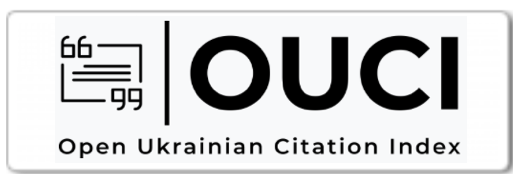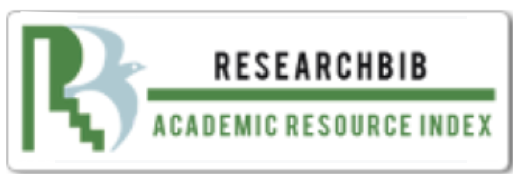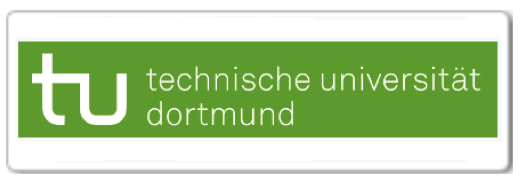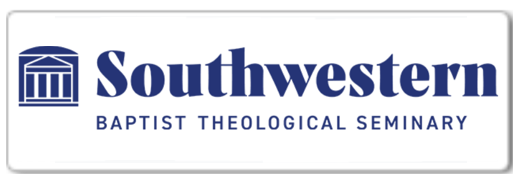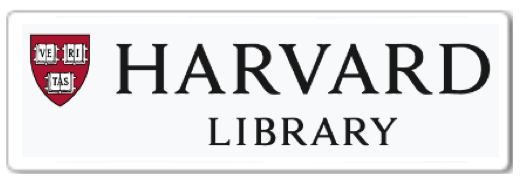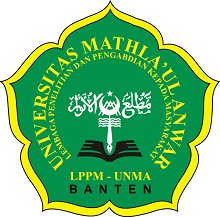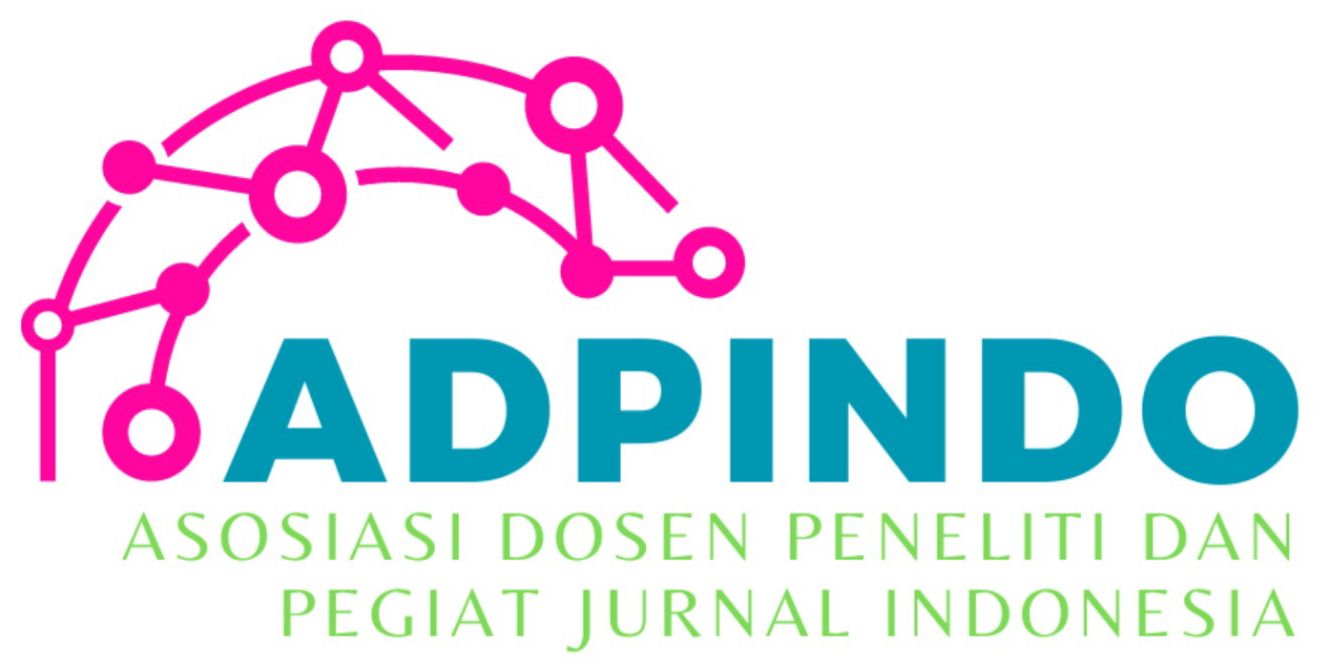OPTIMIZING THE GREEN PRODUCT STRATEGY IN IMPROVING MSME PERFORMANCE
Main Article Content
Meiliyah Ariani
Melan Susanty Purnamasari
Kurnia Sari Dewi
This study aims to determine the effect of green input, green process and green output in the application of green products on the performance of UMKM in Penjaringan Subdistrict, North Jakarta. The method used is purposive sampling, the number of respondents used in this study is 100 respondents from UMKM in the food and beverage sector in Penjaringan Subdistrict, North Jakarta. The data used is primary data in the form of questionnaires distributed to respondents. The data analysis method used in this study is data analysis with descriptive statistical tests, data quality tests, classical assumption tests, multiple linear regression analysis tests, which examine variables from the data using IBM SPSS (Statistical Product and Service Solutions) for Windows version 25.The results of research and hypothesis testing show that green input in the application of green products has a positive and significant effect on the performance of UMKM, Green process in the application of green products has a positive and significant effect on the performance of UMKM, Green output in the application of green products has a positive and significant effect on the performance of UMKM.
Aribawa, D. (2016). Pengaruh Literasi Keuangan Terhadap Kinerja danKeberlangsungan UMKM di Jawa Tengah. Siasat Bisnis.
Azizah, D. G. (2021). Pengaruh Kinerja Keuangan dan Ukuran Perusahaan TerhadapNilai Perusahaan Pada Perusahaan Food and Beverages di BEI. Jurnal Ilmudan Riset Akuntansi. 10(1).
Dianti, N. R., & Paramita, E. L. (2021). Green Product dan Keputusan Pembelian Konsumen Muda. Jurnal Samudra Ekonomi Dan Bisnis, 12(1), 130–142. https://doi.org/10.33059/jseb.v12i1.2301
Dangelico, R.M. and Pontrandolfo, P. (2010) From Green Product Definitions and Classifications to the Green Option Matrix. Journal of Cleaner Production, 18, 1608-1628.http://dx.doi.org/10.1016/j.jclepro.2010.07.007
Ernst, & Young. (2008). Comparative advantage and green business. Comparative Advantage and Green Business, June.
Firmansyah, F., Purnamasari, P. E., & Djakfar, M. (2019). Religiusitas, ingkungan dan
pembelian green product pada konsumen Generasi Z. Iqtishoduna, 15(1), 5-10. https://doi.org/10.18860/iq.v1i1.5779
Grundey, D. 2008. Experiental Marketing vs Experiental Tradisional: Creating Rantional and Emotinal Liaisons With Consumers. Vilnius University. The Romanian Economic Jounarl. Year XI no. 29.
Hendarsih, I. (2017). Analisis Konsep Green Product sebagai Pelaksanaan Etika Bisnis
pada Perusahaan. Widya Cipta, 1(1), 76–85. https://doi.org/10.31294/widyacipta.v1i1.158
Hakim, A.R (2010). Analisis Pengaruh Penerapan Konsep Green MarketingTerhadap Keputusan Pembelian Produk di Serambi Botani,Botani Square, Bogor. Bogor: Institut Pertanian Bogor.
Kusdi, R. (2018). and Medium Enterprises. The Role of Green Management in
CreatingSustainability Performance on The Small and Medium Enterprises. Management ofEnvironmental Guality:An International Journal. https://doi.org/10.1108/MEQ-03-2018-0053
Kanio, Tjahjono, H. K., & Fauziyah. (2018). Analisis SWOT Sebagai Langkah Menentukan Strategi Kompetitif Pada Green Business. Journal of Management, 1–7. https://doi.org/http://dx.doi.org/10.1016/j.encep.2012.03.001
Larasati, K. D. (2018). Pengaruh Literasi Keuangan, Kompetensi Sumber Daya Manusia, Dan Modal Usaha Terhadap Kinerja UMKM DI Surabaya Artikel Ilmiah. STIE Perbanas Surabaya, 1–9. http://eprints.perbanas.ac.id/4086/
Okada, E.M. & Mais, E.L. (2010). Framingthe green alternative for environmentallyconscious consumers, sustainabilityaccounting. Management and PolicyJournal. 1 (2), 222-234
Pratiwi. R. S., (2022, Mei 21). Manfaatkan Sampah, Gerai Baru The Body Shop Lebih Ramah Lingkungan. Retrieved from Kompas.com: https://lifestyle.kompas.com/read/2022/05/21/060000420/manfaatkan-sampah-gerai-baru-the-body-shop-lebih-ramah-lingkungan?page=all
Padmalia, M. (2018). DETERMINAN KEPUTUSAN PEMBELIAN PRODUK GREEN. Jurnal Manajemen Maranatha, 17(2), 91–102. http://journal.maranatha.edu/jmm
Pandey, A., & Singh, G. (2017). Development and storage study of reduced sugarsoy
containing compound chocolate. Journal of food science andtechnology, 48(1), 76-82
Rahnama, H., & Rajabpour, S. (2016).Identifying effective factors onconsumers' choice behavior toward green products: The case of Tehran, thecapital of Iran. Environmental Scienceand Pollution Research, 24(1). 911-925.doi: 10.1007/s11356-016-7791.
Rapih, S. (2015). Analisis Pengaruh Kompetensi Sumber Daya Manusia (Sdm), Modal Sosial Dan Modal Finansial Terhadap Kinerja Umkm Bidang Garmen Di Kabupaten Klaten. Assets: Jurnal Akuntansi Dan Pendidikan, 4(2), 1–20. https://doi.org/10.25273/jap.v4i2.685
Sumiati, & Susanto, R. (2021). Kontribusi Ghrm, Green Input, Green Process Dan Green Product Terhadap Economic Performance. Jurnal Menara Ekonomi : Penelitian Dan Kajian Ilmiah Bidang Ekonomi, 7(2), 81–92. https://doi.org/10.31869/me.v7i2.2870
Saputra, E. (2015). Analisa Faktor-Faktor Yang Mempengaruhi Minat Beli Konsumen dan Strategi Pemasaran Terhadap Produk Ramah Lingkungan Lampu LED Dikota Pekanbaru. http://repository.uin-suska.ac.id/2997/3/BAB II.pdf%0A
Usada, Untung & Widya Arie (2019). Pengaruh Green Product dan Green Marketing terhadap Kinerja Usaha KecilMenengah Berbasis Ramah Lingkungan.Prosiding SnasTeks 2019. Unusida,Sidoarjo.
Wibowo, A. (2022). Model Bisnis Ramah Lingkungan (Green Business). In Yayasan Prima Agus Teknik (Vol. 8, Issue 1).
Zulkifli, A. (2020). GREEN MARKETING; Redefinisi Green Product, Green Price, Green Promotion, Green Place (1st ed.). Graha Ilmu.
Zhang, Guirong, and Zongjian Zhao. 2012. “GreenPackaging Management ofLogisticsEnterprises.” Physics Procedia 24:900–905.


















